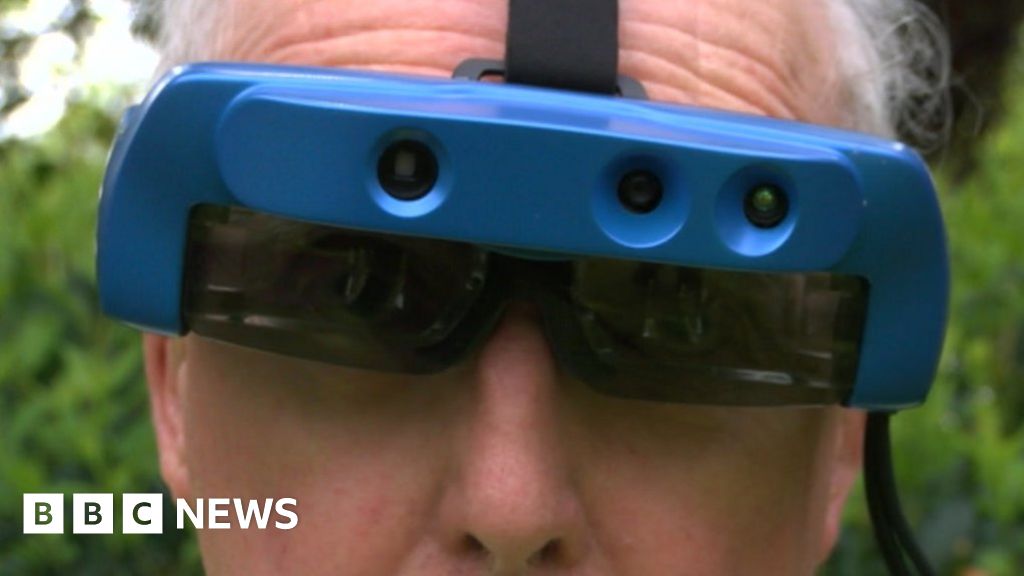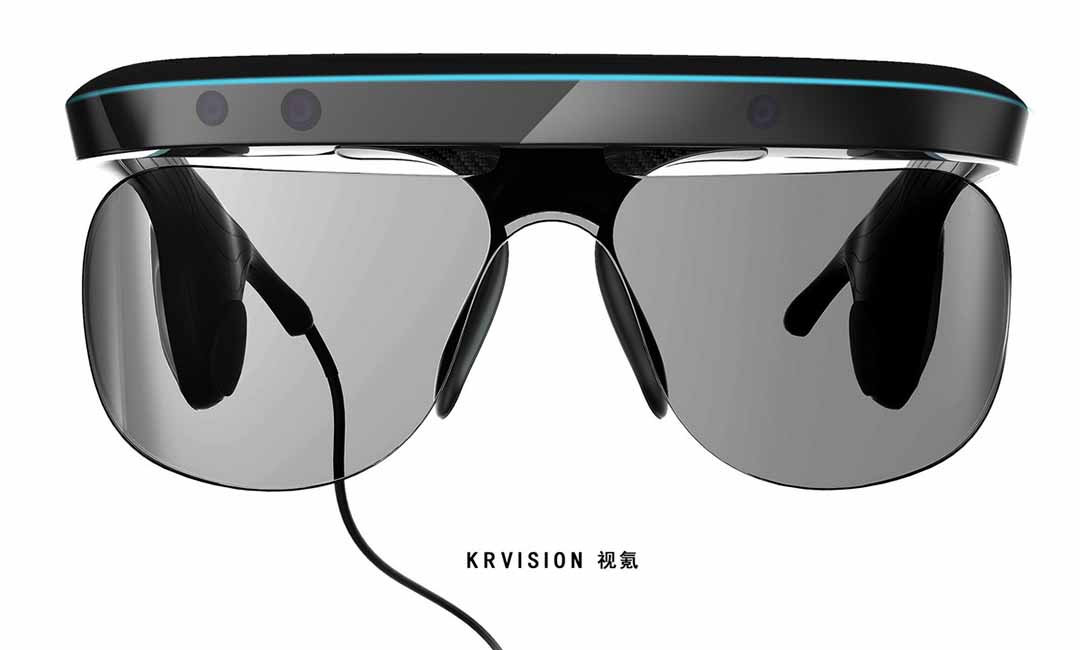Voice-Activated Assistive Devices: Empowering the Visually Impaired Through Innovation
Wiki Article
Enhancing Accessibility Via Assistive Technology for the Blind
The combination of assistive innovation for the blind represents a critical advancement in accessibility, essentially altering just how individuals browse their environments and involve with society. From display viewers to innovative clever walking canes, these tools not only enhance self-reliance yet also advertise inclusivity in different balls of life. As we explore the diverse kinds of assistive gadgets and their substantial influence on everyday living, it becomes important to check out just how continuous technological advancements are improving the landscape of assistance for the blind neighborhood. What effects do these growths hold for the future of ease of access?Review of Assistive Modern Technology
Assistive modern technology refers to a variety of gadgets and software application made to enhance the capacities of people with handicaps, including those who are blind or visually damaged. This technology plays a crucial duty in advertising self-reliance and enhancing the high quality of life for individuals. By offering alternate techniques for accessing info and performing day-to-day jobs, assistive innovation empowers individuals to browse their atmospheres better.
The advancement and application of assistive modern technology accept a variety of principles aimed at promoting accessibility. These principles consist of user-centered design, which focuses on the requirements and choices of the person, and the combination of modern technology into daily activities. Such advancements make certain that assistive devices are not only useful but very easy and also instinctive to utilize.
Moreover, assistive innovation encompasses a varied range of options, from low-tech alternatives like magnifiers to state-of-the-art developments such as display visitors and Braille display screens. The continuous development of this field is driven by the need to deal with the distinct obstacles dealt with by individuals with visual disabilities (Wearable technology for low vision). As technology continues to advancement, the possibility for boosting accessibility and advertising inclusivity stays promising, ultimately adding to a much more fair society

Types of Assistive Tools
Numerous kinds of assistive devices are available to sustain individuals who are blind or visually damaged, each created to resolve details needs and obstacles. These tools can be extensively classified right into three primary kinds: low-tech, mid-tech, and sophisticated remedies.Low-tech devices include items such as magnifiers, Braille tags, and responsive maps. These are relatively basic tools that improve the individual's capability to communicate with their setting without requiring complicated modern technology.
Mid-tech gadgets frequently entail much more advanced functions, such as digital magnifiers and mobile Braille note-takers. These tools can provide capabilities like speech outcome, permitting individuals to accessibility information a lot more successfully.

Influence On Daily Living
The availability of numerous assistive gadgets considerably improves the top quality of life for people who are blind or visually impaired, affecting their daily living in extensive ways. By incorporating innovations such as screen visitors, Braille presents, and audio description services into their routines, individuals acquire higher autonomy and self-reliance. These tools facilitate access to information, allowing individuals to do daily tasks, such as reviewing emails, browsing public spaces, and appreciating media material.In addition, assistive tools empower individuals to involve even more fully in social interactions and area tasks. The capability to make use of mobile phones equipped with access functions permits smooth interaction and connection with others. This connectivity cultivates a feeling of belonging and reduces feelings of seclusion.
In expert setups, assistive technology sustains performance by allowing people to total work tasks effectively. Devices like voice recognition software application and specialized magnification devices enable customers to join the workforce on equivalent ground with their sighted peers.

Developments in Innovation
Current technical improvements have substantially changed the landscape of devices offered for individuals who are visually damaged or blind. The combination of expert system (AI) and artificial intelligence has actually generated applications that enhance navigation and object acknowledgment. Smart device apps can currently make use of eye vision test AI to identify and describe surroundings in real-time, providing users with beneficial contextual information.Additionally, developments in haptic innovation have led to the development of wise walking canes geared up with sensors that spot challenges and provide tactile comments. This empowers customers to navigate their atmosphere with raised self-confidence and independence. Moreover, innovations in text-to-speech software application and braille screens have improved the accessibility of digital web content, enabling seamless interaction with various media.
Wearable innovations, such as wise glasses, are also making strides in aiding visual problems. These devices can provide increased fact experiences, superimposing important info onto the individual's field of vision. Jointly, these developments not just boost the lifestyle for people that are blind but also advertise better inclusion in society. As technology remains to progress, the potential for much more transformative tools stays imminent.
Future Trends and Innovations
As technology quickly progresses, the future of assistive tools for individuals who are blind holds immense promise. Developments in expert system (AI) and maker discovering are poised to transform the method blind customers engage with their atmospheres. For example, AI-driven applications are being created to improve object acknowledgment, permitting customers to recognize and navigate their surroundings with greater ease and accuracy.
Moreover, advancements in haptic comments innovation are enabling the creation of responsive maps and navigation aids that offer real-time info with touch. These developments not only enhance flexibility however article source likewise foster independence. In addition, wearable devices furnished with increased reality (AR) functions are arising, offering individuals visual information through audio summaries, thus linking the gap in between the electronic and physical globes.
Moreover, the integration of wise home innovation presents new chances for accessibility, permitting people to control their living environments with voice commands or smartphone applications. As partnership in between tech developers and the blind community continues, the focus on user-centered layout will certainly make sure that future developments are customized to meet the one-of-a-kind needs of this population (Wearable technology for low vision). The trajectory of assistive technology guarantees a much more inclusive and empowering future for individuals that are blind
Final Thought
Finally, assistive innovation plays an essential function in enhancing access for individuals with aesthetic disabilities. The diverse array of devices, including screen readers and smart walking sticks, considerably improves everyday living and fosters self-reliance. Continuous innovations in innovation and user-centered style ensure that these devices cater successfully to the distinct demands of the blind neighborhood. As innovations progression, enhanced inclusivity and empowerment can be anticipated, inevitably enhancing the quality of life for those impacted by visual problems.The assimilation of assistive innovation for the blind represents a pivotal development in accessibility, basically altering how individuals browse their atmospheres and engage with society.Assistive innovation refers to a range of tools and software look at these guys application made to improve the capacities of people with disabilities, including those who are blind or aesthetically damaged. Wearable technology for low vision.As innovation rapidly advances, the future of assistive tools for people that are blind holds enormous assurance. The trajectory of assistive modern technology assures an extra inclusive and empowering future for people who are blind
In conclusion, assistive modern technology plays a critical role in enhancing ease of access for people with aesthetic impairments.
Report this wiki page